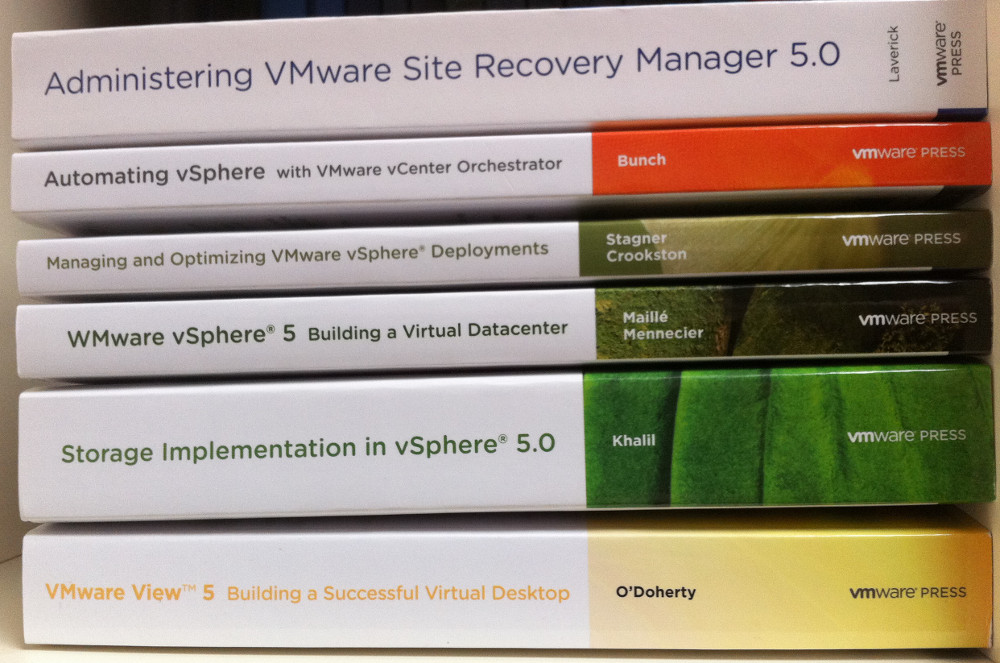Reading Time: 2 minutesSeagate and Dot Hill Systems have announced a definitive agreement where Seagate will acquire Dot Hill to increase their storage portfolio. Seagate has a long storage history especially in hard disks: they’ve developed the first 5.25-inch hard disk drive in 1980 (the 5-megabyte ST-506), on 2006 Seagate acquired Maxtor, on 2011 acquired the Samsung‘s HDD business. But they have also a storage experience: in 2014 Seagate acquired Xyratex a storage systems company, used in most storage enclousure. The same year it acquired LSI’s Flash Enterprise PCIe flash and SSD controller products, and its engineering capabilities. And X-IO it’s all […]
Browsing Posts in Design
Reading Time: 3 minutesTintri, a producer of VM-aware storage (VAS) for virtualization and cloud environments, has announced the release of the Tintri VMstoreTM T5000 All-Flash series. The VMstore T5000 joins the T800 Hybrid-Flash series to create a portfolio of VM-aware storage platforms that offer enterprises and service providers their choice of storage, hypervisor and packaging to best meet their needs. Powered by the same Tintri OS and real time VM-level analytics, the new products will enable customers to easily optimize virtualized workloads across the T5000 and T800 systems.
Reading Time: 3 minutesKaminario is a company with an interesting enterprise-class all-flash array (AFA) storage solution, that deliver unparalleled cost efficiency, with an really interesting price per GB. The company is headquartered in Boston, Massachusetts, with offices in Yoqneam, Israel, Silicon Valley and New York City, and backed by Sequoia, Pitango, Globespan, Tenaya, Silicon Valley Bank and others. Now they are announcing the K2 v5.5 (generally available in Q3 2015) all-flash primary storage array that cuts the cost from $2/GB, from v5 introduced in May 2014, to less than $1/GB! With this price AFA storage could be for […]
Reading Time: 3 minutesRubrik announced the release of version 2.0 of Rubrik Converged Data Management to deliver complete data protection and rich data services at a global scale. The promise is to eliminate backup software by integrating data protection, instant recovery, and DevOps infrastructure into a single fabric. The core is a asynchronous, deduplicated, masterless, SLA driven replication that can be deployed any way you like, many-to-one, many-to-many, one-to-one, uni-directionally or bi-directionally. Rubick Converged Data Management platform is fundamentally a distributed architecture that allows you to share nothing, but do everything—each node is a master of its domain.

Reading Time: 3 minutesVMware vSphere design is something important for VMware beginner, VMware engineer, VMware SME, or VMware architect. It’s not only related to know well the technologies, but understand how use it in the right way (in the right cases). VMware vSphere Design Essentials is a short book (only 176 pages), but with a good approach for design an IT environment, particularly a VMware vSphere based.
Reading Time: 2 minutesUn vecchio concetto oramai diventato in disuso legato alle architetture degli storage enterprise, era quello di storage di tipo “frame” oppure “frame-less” base. Questi termini erano abbastanza diffusi nello scorso decennio (soprattutto quando si parlava di Dell-EqualLogic) per identificare e caratterizzare gli storage in base al loro tipo di scalabilità: Gli storage frame-based erano gli storage “tradizionali” con tipicamente due controller e una o più baie di dischi. Potevano crescere tipicamente aggiungendo dischi e baie, e in alcuni casi anche aggiungendo schede e/o memoria nei controller. Gli storage frame-less erano invece storage “modulari” dove ogni […]

Reading Time: 3 minutesDell EqualLogic Virtual Storage Manager (VSM) è un plugin per VMware vCenter che permette la gestione di uno storage EqualLogic direttamente da vCenter Server. VSM è distribuito sotto forma di virtual appliance (VA) ed è liberamente scaricabile da chiunque abbia almeno un EqualLogic registrato (non necessariamente ancora sotto manutenzione). Questa funzionalità (come qualunque altra funzionalità Dell EqualLogic) è inclusa con l’acquisto di uno storage. La gestione integrata può essere fatta direttamente tramite il vSphere Client (per le vecchie versioni di VSM) o all’interno del vSphere Web Client (di fatto l’interfaccia di gestione di VSM in […]










